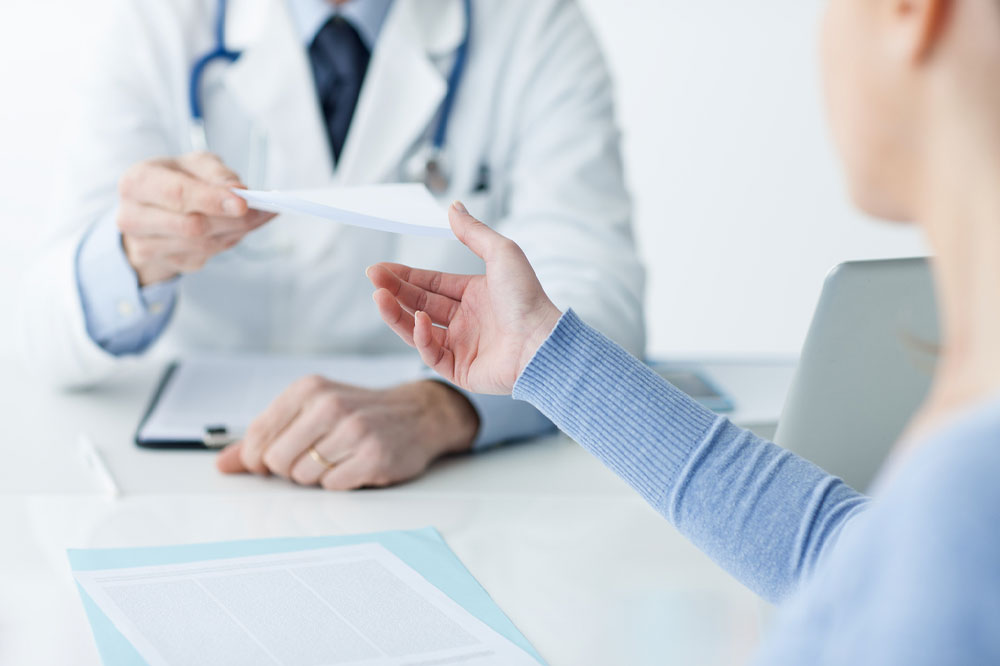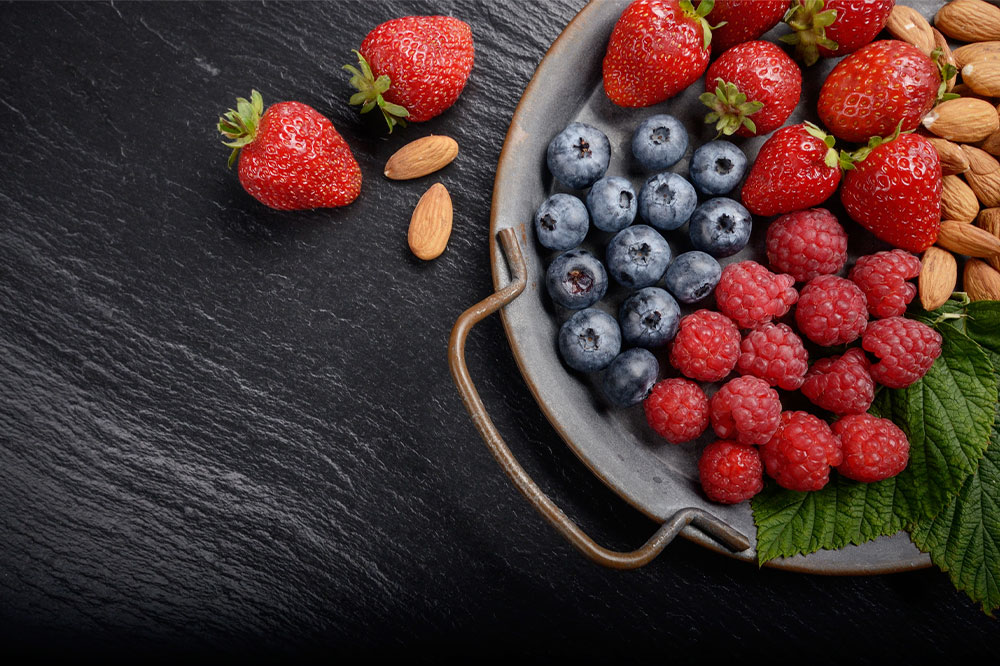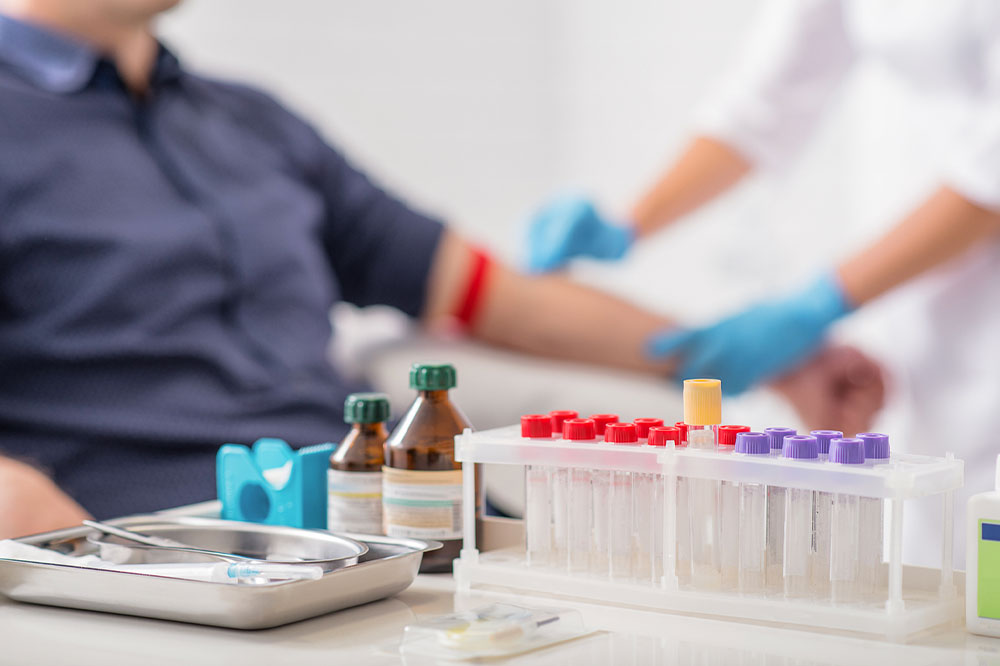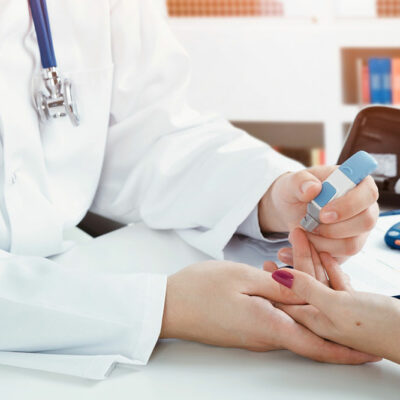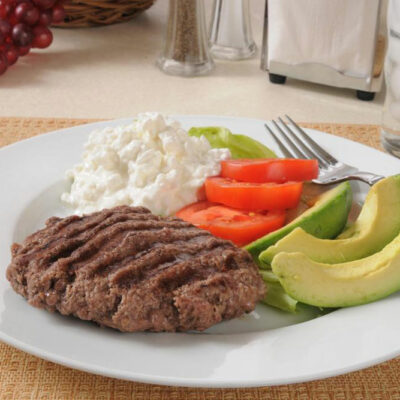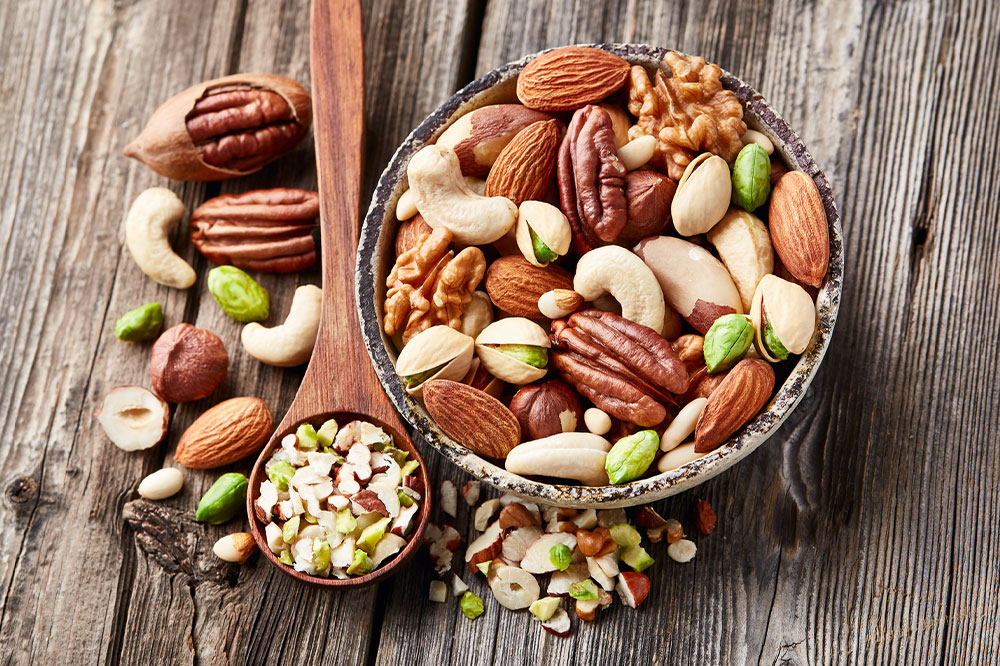
Health
8 tips to manage hemophilia symptoms
Hemophilia is a rare blood disorder in which a person’s blood does not form clots, causing spontaneous and excessive bleeding during injuries and accidents. It occurs when the body does not generate sufficient protein essential for blood clot formation. Hemophilia may be classified as mild, moderate, or severe. Although it has no cure, several therapies are being considered to control the symptoms. Experts also recommend other ways to manage hemophilia through lifestyle changes. Choose iron-rich foods A patient with hemophilia loses approximately 0.75 micrograms of iron with every 15 ml of blood. Thus, following a meal plan high in iron is crucial. Leafy greens like spinach, kale, broccoli, and Brussels sprouts have high iron levels. Walnuts, hazelnuts, dates, beans, raisins, apricots, red meat, and poultry are other iron-rich foods to incorporate into the nutrition regimen. Replenish the body with vitamin C Studies have shown that vitamin C is essential for iron absorption in the body. Hence, accompanying iron-rich foods with foods rich in vitamin C is a great way to manage hemophilia. Items rich in vitamin C include citrus fruits, strawberries, bell peppers, tomatoes, cruciferous vegetables, and lychees. Stay active Contact sports and intensive exercises are a no-no for patients with hemophilia.
